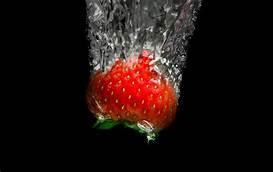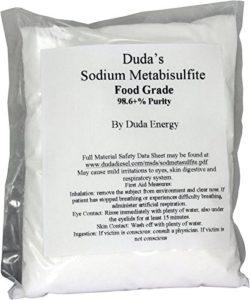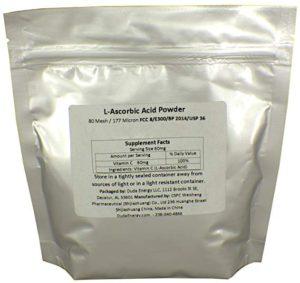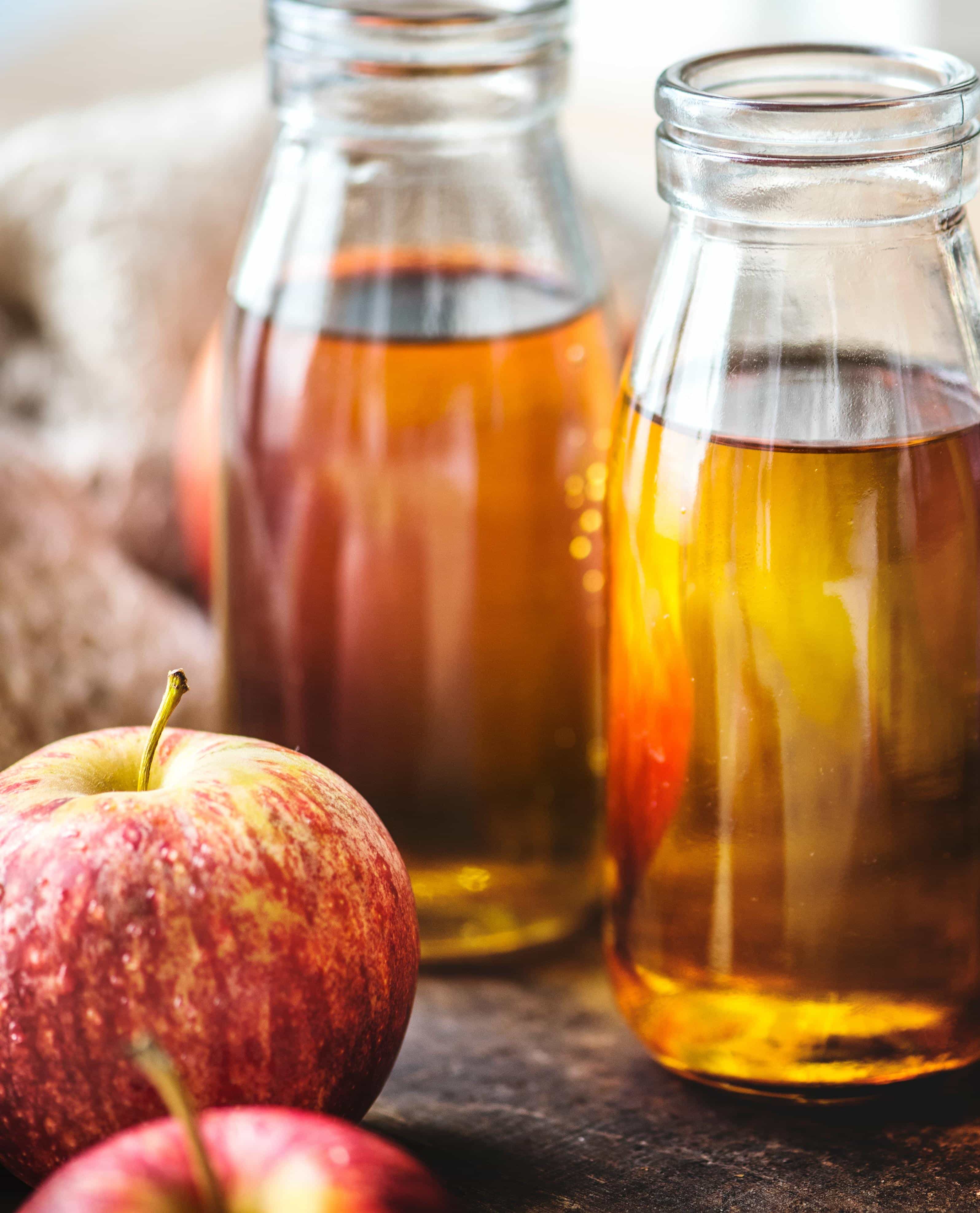Several articles ago, we mentioned the different methods of pre-treatment for fruits and vegetables before drying them. In this article, we would like to discuss them extensively so that you’ll understand not only the various methods available but also the rationale behind the process.
Table of Contents
Why Pre-Treatment?
There are fruits that change in color once cut and exposed to air. Some vegetables have thick or tough skins that hamper the dehydration process. Thus, there is a need for these food items to be handled first with some kind of treatment. This process is what food dehydration enthusiasts call “pre-treatment”.
Pre-treatment prevents discoloration of the fruit’s flesh before and during the drying process. Apples, pears, peaches, and apricots are the common fruits that need to undergo pre-treatment prior to drying.
We know that apples turn brown once cut and exposed to air. You could just imagine what a dried apple slice looks like without the benefit of pre-treatment. Not only it will look overripe, but also it will look unappetizing.
Different Pre-Treatment Methods
We divide the pre-treatment methods into natural and chemical methods. Natural methods are those that you could do at home because the ingredients are commonly available in your pantry. Chemical methods, as the name implies, require chemicals that you need to buy at specialty stores.
Natural Methods
Fruit Juice Dip

Any fruit juice high in vitamin C is a good alternative to an ascorbic acid mixture. Juices like lemon, orange, pineapple, grape or cranberry may be used. It may not be as effective as pure ascorbic acid and it might add its own color or flavor to the fruit you’re drying. But it is still worth to try.
You just pour the fruit juice of your choice in a bowl then soak the prepared fruit slices in it for 3 to 5 minutes. Then drain the juice well and arrange the fruit slices on drying trays. You may still use the same solution twice.
Honey Dip
The honey-dipped flavor sounds sweet and delicious. Some commercially available dried fruits are honey-dipped and it’s easy to do this at home. It may add more calories but the natural sweetness of honey is irresistible.
- Mix ½ cup sugar and 1½ cups boiling water until sugar are dissolved.
- Let it cool until it turns lukewarm before adding ½ cup, honey.
- Soak the prepared fruit slices for 3 to 5 minutes.
- Drain well and arrange the dipped slices on the drying trays.
Syrup Blanching
Grandmothers used to make candied fruit this way because this method retains color and prolongs storage.
Apples, apricots, figs, nectarines, peaches, pears, and plums are just examples of fruits that can be blanched in syrup.
- Combine 1 cup sugar, 1 cup light corn syrup, and 2 cups water in a saucepan and bring it to a boil.
- Add 1 pound of prepared fruit slices and let it simmer for 10 minutes.
- Remove from heat and let it stand for 30 minutes more.
- Lift out the fruit slices from the syrup, rinse them lightly in cold water, and drain on paper towels before arranging them on drying trays.
Blanching

Blanching is dipping the fruit or vegetable in boiling water to stop the enzymatic activities that cause changes like oxidation. It also relaxes the plant tissues to dry faster, protects the vitamins and its colors.
- Fill a kettle half full of water and bring to boil.
- Put prepared fruits or vegetables in a cheesecloth, mesh bag, or wire basket.
- Drop the slices in boiling water and start timing.
- Make sure that the slices are covered with water.
- Shake the bag or basket so that water reaches all pieces.
- Remove the fruit or vegetable slices and immediately transfer them to a bowl with ice-cold water. This stops the cooking process.
- Drain well and pat dry with paper towels before arranging them on drying trays.
Below is a table of blanching times for some fruits and vegetables:
| FRUIT/VEGETABLE | BLANCHING TIME |
|---|---|
| Apples | 3-5 mins by texture |
| Apricots | 3-4 mins |
| Asparagus | 4-5 mins |
| Beans, green | 4 mins |
| Broccoli | 4 mins |
| Brussel sprouts | 5-6 mins |
| Cabbage | 4 mins |
| Carrots, parsnips | 4 mins |
| Cauliflower | 4-5 mins |
| Celery | 4 mins |
| Chili peppers, red | 4 mins |
| Corn | 4-6 mins |
| Eggplant | 4 mins |
| Nectarines & peaches | 8 mins |
| Okra | 4 mins |
| Onions | 4 mins |
| Parsley, other herbs | 4 mins |
| Pears | 6 mins (halves) |
| Peas | 4 mins |
| Peppers, pimientos | 4 mins |
| Potatoes | 7 mins |
| Spinach, Kale, Chard, Mustard | 4 mins |
| Squash, winter | 4 mins |
| Squash, summer or banana | 4 mins |
RELATED ARTICLE: A Beginner’s Guide on How to Dry Vegetables
Chemical Methods
Pre-treating using an acid solution of sodium metabisulfite (Na2S2O5) dip helps in the destruction of harmful bacteria such as E. coli, Salmonella species, and L. monocyte genes during the drying process.
Sulfur and sulfites have been used in pre-treating fruits and vegetables for many years. Not only these prevent food discoloration, but these also prolong shelf life. No wonder, the commercial food industry prefers these chemicals for pre-treatment.
Sulfuring
For centuries, sulfuring is used to pre-treat fruits. Sublimed sulfur is ignited to burn inside a box containing the fruit. Sulfur fumes penetrate the fruit to slow down spoilage and darkening. It is usually done outdoors where adequate air circulation is.
Sulfite Dip
Sulfite dips are a quick and easy alternative to sulfuring but with the same long-term effect on pre-treating. Use the USP (food grade) sodium bisulfite (NaHSO3) or sodium metabisulfite (Na2S2O5)
If using sodium bisulfite, dissolve ¾ to 1½ teaspoons sodium bisulfite per quart of water. If using sodium sulfite, use 1½ to 3 teaspoons per quart of water. If using sodium metabisulfite, use 1 to 2 teaspoons per quart of water.

Soak prepared fruit slices in the mixture for 5 minutes. If using prepared fruit halves, soak for 15 minutes. Remove fruit and rinse lightly with cold water and put them on drying trays. The fruits can be dried indoors or outdoors. The sulfite dip solution can only be used once.
Ascorbic Acid
It may not last as long as sulfuring or sulfite dips, but ascorbic acid (vitamin C) mixed with water is a good alternative, pre-treating agent. You can easily obtain ascorbic acid from pharmacies, drugstores, or grocery stores. One teaspoon of powdered ascorbic acid is 3000 mg in tablet form. Therefore, if you have ascorbic tablets at home at 500 mg each, you’ll need six tablets.
Dissolve 1 teaspoon of powdered ascorbic acid in 2 cups water. Or crush 6 tablets of 500 mg ascorbic acid and dissolve them in 2 cups water. Soak the prepared fruit in the solution for 3 to 5 minutes. Remove fruit and drain well. Place them on drying trays. You may use the same solution twice. After the second time, you may just add more acid.

RELATED ARTICLE: A Beginner’s Guide on How to Dehydrate Fruits
Final Thoughts
Pre-treatment is recommended before food drying. It prevents fruits and vegetables from darkening before, during, and even after drying. It also speeds up the drying process on fruits and vegetables with tough skins.
If using chemicals in pre-treatment, always use the USP or the Food Grade. Studies show that pre-treating using an acid solution or sodium metabisulfite dip helps in the destruction of harmful bacteria during the drying process. However, these chemicals have been found to cause asthmatic reactions in some people that the FDA has banned the use of sulfites on fruits and vegetables for sale or served raw to consumers.
Thus, we prefer to use the alternative natural pre-treatment methods even though they’re short-term.

